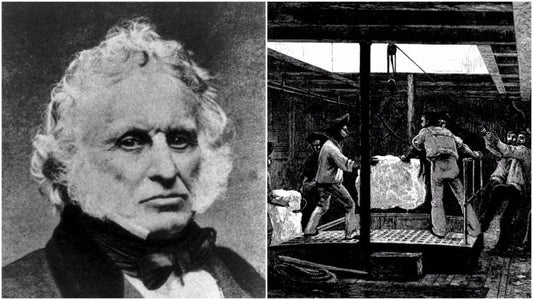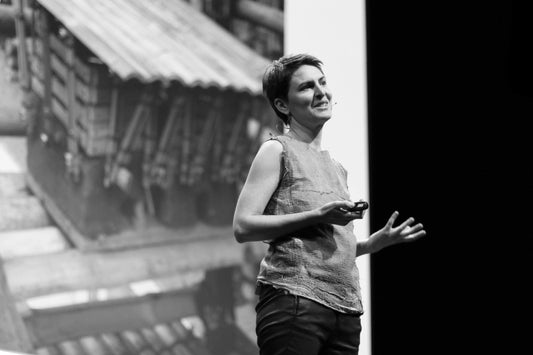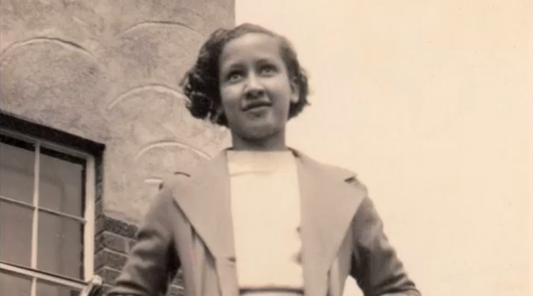
Anna Heringer: The Mud Architect Who Built a Movement
In 2005, a young architecture student traveled from Austria to a remote village in Bangladesh with a plan most people would dismiss as naïve.
She wasn’t bringing blueprints or cement trucks.
She wasn’t backed by a global NGO or a billion-dollar fund.
She had one simple, radical idea: build a school out of mud.
That student was Anna Heringer, and the school she built, METI Handmade School would go on to win the prestigious Aga Khan Award for Architecture and spark a global conversation about sustainability, equity, and the soul of architecture.
But this story isn’t about mud.
It’s about mindset.
What If We've Been Building the Wrong Way All Along?
Most people equate progress with steel, glass, and imported innovation. Heringer disagrees.
To her, real progress starts from the ground up, literally.
The materials she used in Rudrapur weren’t chosen because they were cheap. They were chosen because they were local, sustainable, and empowering. Bamboo. Straw. Mud. Earth. The very ingredients that most architects are trained to overlook.
She didn’t import answers.
She asked the community what they already knew.
She didn’t “help the poor.”
She co-created with them.
The result? A building that breathes, blends into the landscape, and belongs to the people who built it.
It’s not just a school.
It’s a statement: Design doesn’t need to be high-tech to be high-impact.
Designing for Dignity
Anna Heringer doesn’t call herself a “green” architect. She calls herself a human architect.
Because for her, sustainability isn’t just about carbon footprints. It’s about dignity, creating spaces that respect both people and the planet.
She often says, “Architecture is a tool to improve lives.”
But the magic lies in how she wields that tool. She doesn’t work for communities, she works with them. She invites participation. She teaches skills. She builds confidence along with buildings.
This is the opposite of top-down aid.
It’s grassroots, grounded, and gloriously messy.
It’s not just architecture, it’s activism.
What We Can Learn from Anna Heringer
If you’re an architect, designer, student, or change-maker stuck between ambition and burnout, Anna’s work is a blueprint for a different kind of success.
Here are four lessons worth building on:
1. Work with what you have. Don’t wait for permission or perfect conditions. Constraints fuel creativity.
2. Start small, go deep. A single school in a village can shift global thinking. Big impact doesn’t need big scale.
3. Design for people, not portfolios. True innovation starts with empathy.
4. Let values lead. Beauty isn’t just aesthetic, it’s ethical. Build what matters.

Anna Heringer is a classic Corkscrew Thinker, someone who doesn’t follow straight lines, but spirals into solutions by mixing creativity with courage. She saw a problem (unsustainable, top-down development) and didn’t fix it with money or machines.
She fixed it with mud and mindset.
This kind of thinking doesn’t just apply to architecture. Whether you're in tech, education, art, or activism, her story is a reminder that the most powerful change comes from flipping the script.
You don’t have to play by the old rules.
You can write new ones, with dirt under your nails and people by your side.
Build Something That Matters
Heringer’s buildings might crumble one day, mud structures always do.
But the idea behind them? That’s solid.
That design can be inclusive.
That sustainability can be beautiful.
That impact doesn’t require big budgets, just brave hearts.
We need more minds like Anna’s.
We need more Corkscrew Thinkers who are willing to get messy, go local, and build a better world by hand.
So whatever field you're in, ask yourself:
What can I build, not just for recognition, but for regeneration?




